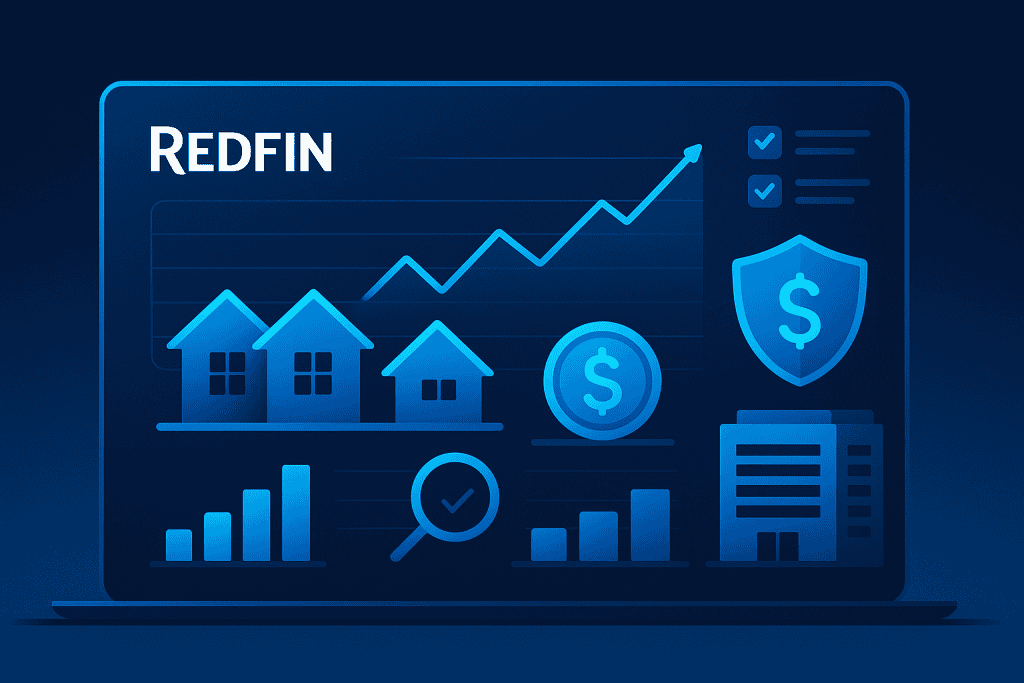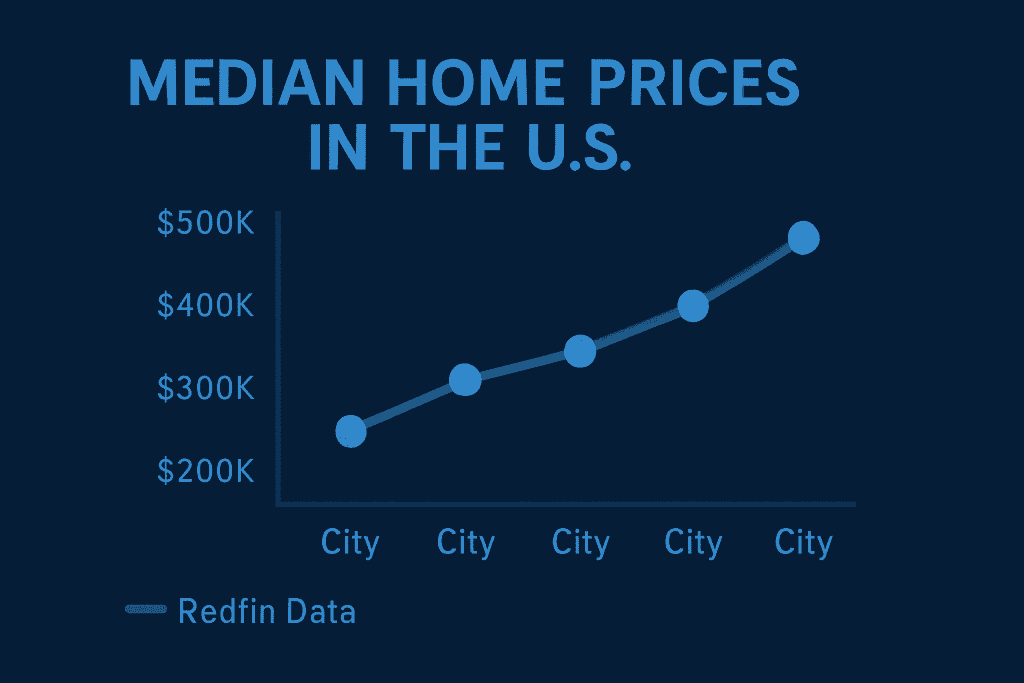
The real estate market thrives on data-driven decisions. The Redfin Data Center, a treasure trove of housing market insights, empowers investors, agents, and buyers to make informed choices. This blog will walk you through how to leverage the platform to identify trends, compare markets, and optimize your real estate investments. Whether you’re a seasoned investor or just starting, Redfin’s tools can give you a significant edge.
Materials or Tools Needed
Before diving into the steps, ensure you have the following ready:
| Materials/Tools | Purpose |
|---|---|
| Computer or Smartphone | Access the Redfin Data Center online. |
| Stable Internet Connection | For real-time data analysis and exploration. |
| Redfin Account (Optional) | To save insights and access personalized data. |
| Notebook or Spreadsheet App | To record findings and compare trends. |
Optional tools like market calculators or investment analysis software can enhance your experience.
Step-by-Step Instructions
Step 1: Access the Redfin Data Center
Familiarize yourself with its clean layout and intuitive design. Key features include market-level data on sales, pricing trends, and buyer demand. Bookmark the page for easy access.
Step 2: Explore Housing Market Insights
Use the navigation bar to select a specific metric, such as “Median Home Prices” or “Months of Supply.” Apply filters to refine your results by location, date range, and housing type. For example, if you’re considering investment properties in Austin, Texas, you can focus your search accordingly.
Step 3: Compare Trends Across Markets

Click on “Download Dataset” or use the interactive charts to analyze trends in different cities or neighborhoods. Compare historical data to spot emerging markets or seasonal fluctuations. Use tools like heatmaps to identify areas with high demand and low inventory.
Step 4: Leverage Key Metrics for Investments
Focus on crucial indicators like price per square foot, year-over-year price changes, and sales-to-list ratios. These metrics help you gauge a market’s affordability, competition, and growth potential. Document any findings in your notebook or spreadsheet for further analysis.
Step 5: Save and Share Your Insights
If you’ve created a Redfin account, save your searches for future reference. Share your insights with partners or clients using Redfin’s shareable links. This step is especially useful for real estate agents collaborating with buyers or investors.
Tips and Warnings About Redfin Data Center
Tips for Success When Using the Redfin Data Center
| Tip | Description |
|---|---|
| Cross-check with local MLS platforms | Verify Redfin data with official sources to ensure accuracy for better investment decisions. |
| Use mortgage calculators | Evaluate affordability based on rates, terms, and down payments to stay within budget. |
| Regularly update saved searches | Keep your search filters current to stay informed about market changes and new investment options. |
Warnings to Avoid When Using the Redfin Data Center
| Warning | Description |
|---|---|
| Don’t rely solely on one metric | Avoid basing decisions only on median price; use multiple indicators like inventory and sales ratios. |
| Avoid overlooking smaller markets | Emerging areas may offer high returns; ignoring them could mean missing good opportunities. |
| Refrain from emotional decision-making | Do not follow hype or panic; base decisions on data and long-term market trends. |
Conclusion

By following this guide, you can unlock the full potential of the Redfin Data Center to make informed housing market decisions. Its intuitive tools and reliable insights make it an essential resource for anyone aiming to succeed in real estate investments. Start exploring today and take the first step toward smarter investing!
FAQ
What is the Redfin Data Center used for?
The Redfin Data Center provides real-time housing market data, helping users analyze trends, compare locations, and make informed investment decisions.
Do I need a Redfin account to access housing data?
No, you can explore most of the Redfin Data Center without an account. However, creating one allows you to save searches and access personalized insights.
Which metrics are most useful for real estate investing?
Key metrics include median home prices, price per square foot, sales-to-list ratios, and inventory levels. These help assess market trends, affordability, and competition.
Resources:
- Redfin: Read more about Housing Market News
- Kaggle: Learn about Redfin Housing Market Data 2012-2021
- Tableau Public: Discover the Redfin Data Center
